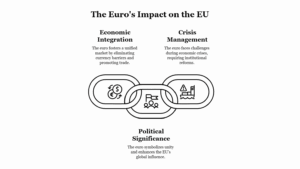The disparity between developed and developing countries remains a pressing issue in global development discourse. These inequalities manifest in economic, technological, environmental, and human development indicators. Two primary factors contributing to this imbalance are:
1. Economic Disparity
One of the fundamental factors of inequality lies in the stark differences in economic development. Developed nations, such as the United States, Germany, or Japan, enjoy high GDP per capita, diversified industrial bases, and robust social welfare systems. On the contrary, many developing countries, including nations in Sub-Saharan Africa, South Asia, and parts of Latin America, rely heavily on agriculture, face high unemployment, and lack industrial infrastructure. These economies are often vulnerable to global price fluctuations and debt crises.
The dependency theory explains how the global economic system is structured to benefit the industrialized nations at the expense of developing ones. Rich countries extract resources and cheap labor, further widening the development gap. According to the World Bank (2020), over 700 million people still live on less than $1.90 per day, with the majority in developing regions.
2. Access to Technology and Innovation
Technological advancement is a crucial driver of development. Developed countries lead in innovation, research, and development, investing significantly in education and high-tech industries. They have early access to emerging technologies, which enhance productivity and quality of life.
In contrast, developing countries face challenges in technology adoption due to inadequate infrastructure, low literacy rates, and insufficient investments. This “digital divide” affects sectors like education, healthcare, and agriculture, thereby exacerbating socio-economic inequalities.
To bridge this gap, international cooperation through technology transfer, capacity building, and fair trade practices is essential. Without addressing these inequalities, sustainable global development remains an elusive goal.







Leave a Reply